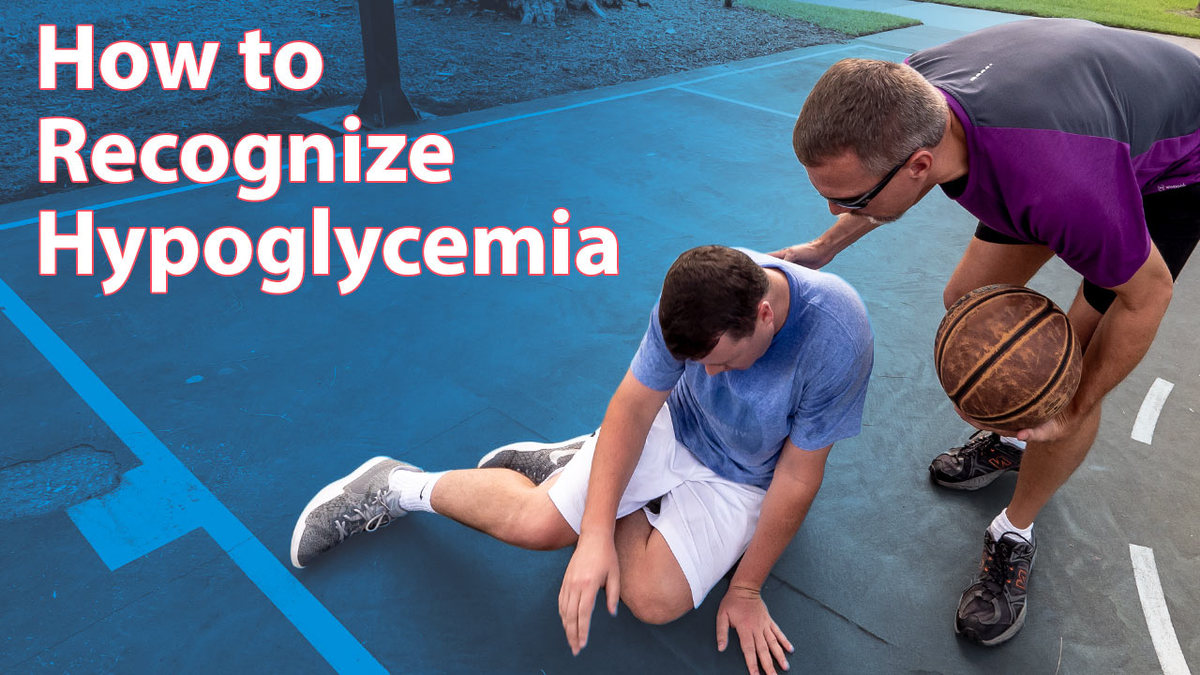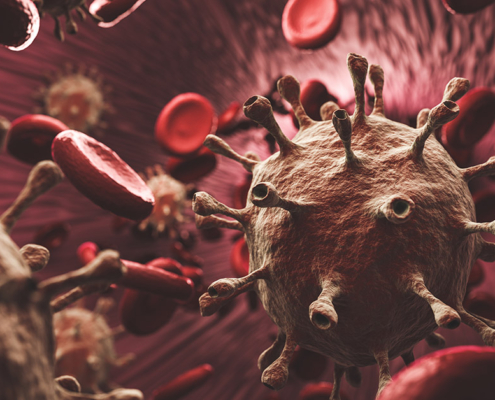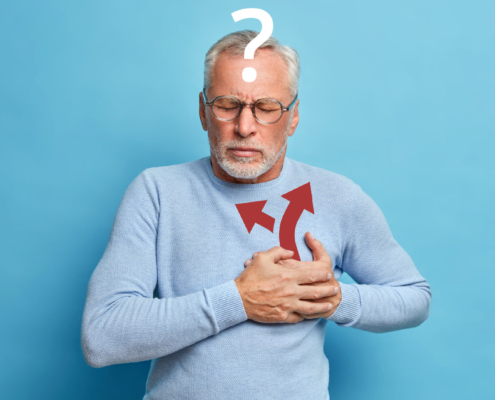How to Recognize Hypoglycemia
By: Astrid de Jager
Just another evening in sunny Bonaire. A man, probably in his early 60’s, staggers around the hotel parking lot. A few people stand around him. They ask questions, to which he gives incoherent answers. He’s slurring, and looks drunk. Then one of the responders notices a CGM (continuous glucose meter) on his upper arm. They find the recording device and notice the blood glucose value is way below the threshold. The man is diabetic and clearly suffers from hypoglycemia (low blood sugar).
Diabetes mellitus is quickly becoming one of the most prevalent diseases in the Western world. In the USA about one in ten people have diabetes, and one in five people with diabetes is insulin dependent. This can cause many long-term problems, and a few very acute problems. But let’s start at the beginning.
When you have diabetes mellitus, your body either does not make any insulin (as is the case with type 1 diabetes), or does not make enough and is desensitized to insulin (type 2 diabetes). We need insulin for two reasons. First of all, it allows glucose to pass through the cell membranes. If we don’t have sufficient insulin, our cells literally run out of fuel, which, as you might appreciate, is a bad thing. Second, insulin helps the liver and muscles convert glucose into glycogen or fat, and store it for the moments you need a little energy boost.
When one or both of these systems fail, the amount of glucose in the blood will rise. This will eventually cause damage to our blood vessels and kidneys. Not having enough insulin might also cause organ failure, as they have no way of producing the energy they need. Medication for diabetics is therefore aiming to either make the cells more sensitive to insulin, or to increase the amount of insulin in the body. The latter can cause very acute problems, especially if the dose is not properly adjusted to the food intake.
Hypoglycemia, or low blood sugar, is one of the most dangerous complications when you’re supplementing insulin. You could trigger your liver and muscles to convert all available glucose, leaving your body cells without fuel. This can result in neurological signs and symptoms, like cold sweat, nausea, dizziness, staggering, slurring speech and reduced consciousness, and will eventually lead to coma and death.
The first challenge for the first responder is to distinguish the signs and symptoms of hypoglycemia from those of a stroke or a heat stroke. This can be especially challenging when the person can no longer communicate. In case of doubt, look for:
- A sensor sticker on the arm, indicating the presence of a CGM
- A medical bracelet, necklace, or tattoo indicating the person has diabetes
- A medical passport in the phone indicating the person has diabetes
- A portable glucose meter, needles, or insulin pen in their bag
If you suspect somebody might have a dangerously low blood sugar, there’s a few steps you can take:
- This is either done by the skin sensor, or by using the needle in the measuring kit to draw a drop of blood and add that to the test strip you inserted in the reader. The blood sugar readout should be above 4.5 mmol or 81 mg/dl. Anything below could point to hypoglycemia. Anything below 2.5 mmol or 45 mg/dl is considered critical.
- (As a side note: anything above 22 mmol or 396 mg/dl is considered severely hyperglycemic, which could also present with neurological signs).
- Assess the level of consciousness. If they are conscious enough to swallow, give them a sugary drink (juice, lemonade, or simply sugar water.) If possible, also give them some slow carbs, like a sandwich.
- Some diabetics have glucose paste to put under the tongue. This is rapidly absorbed, and can be used when swallowing becomes hard.
- If the person’s consciousness is seriously reduced, call an ambulance.
Thanks to the responder, an ambulance arrives at the scene just a few minutes later. The paramedics administer a glucose solution per IV, and the man recovers quickly. After a brief checkup, he and his wife can continue to enjoy their vacation.












Leave a Reply
Want to join the discussion?Feel free to contribute!